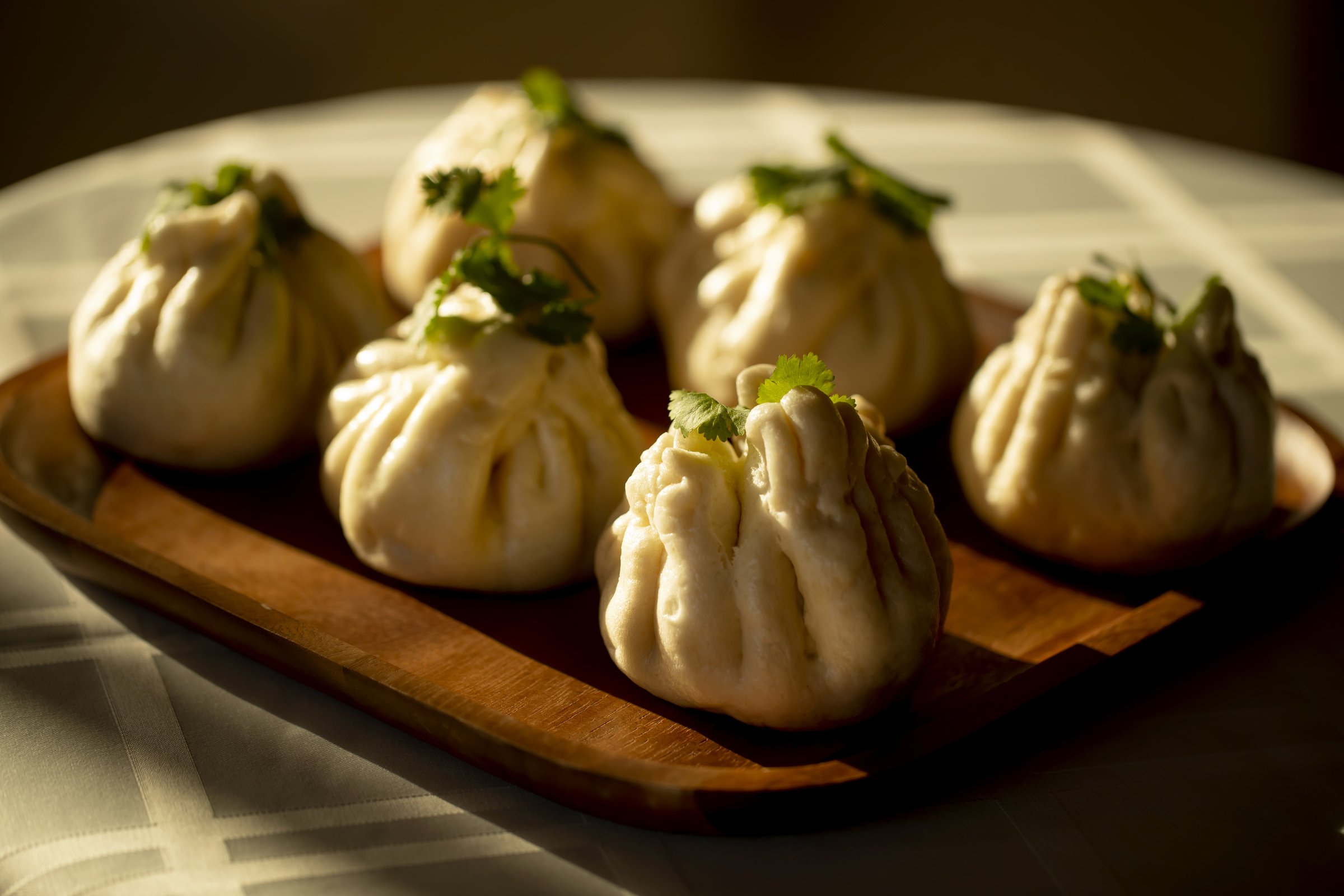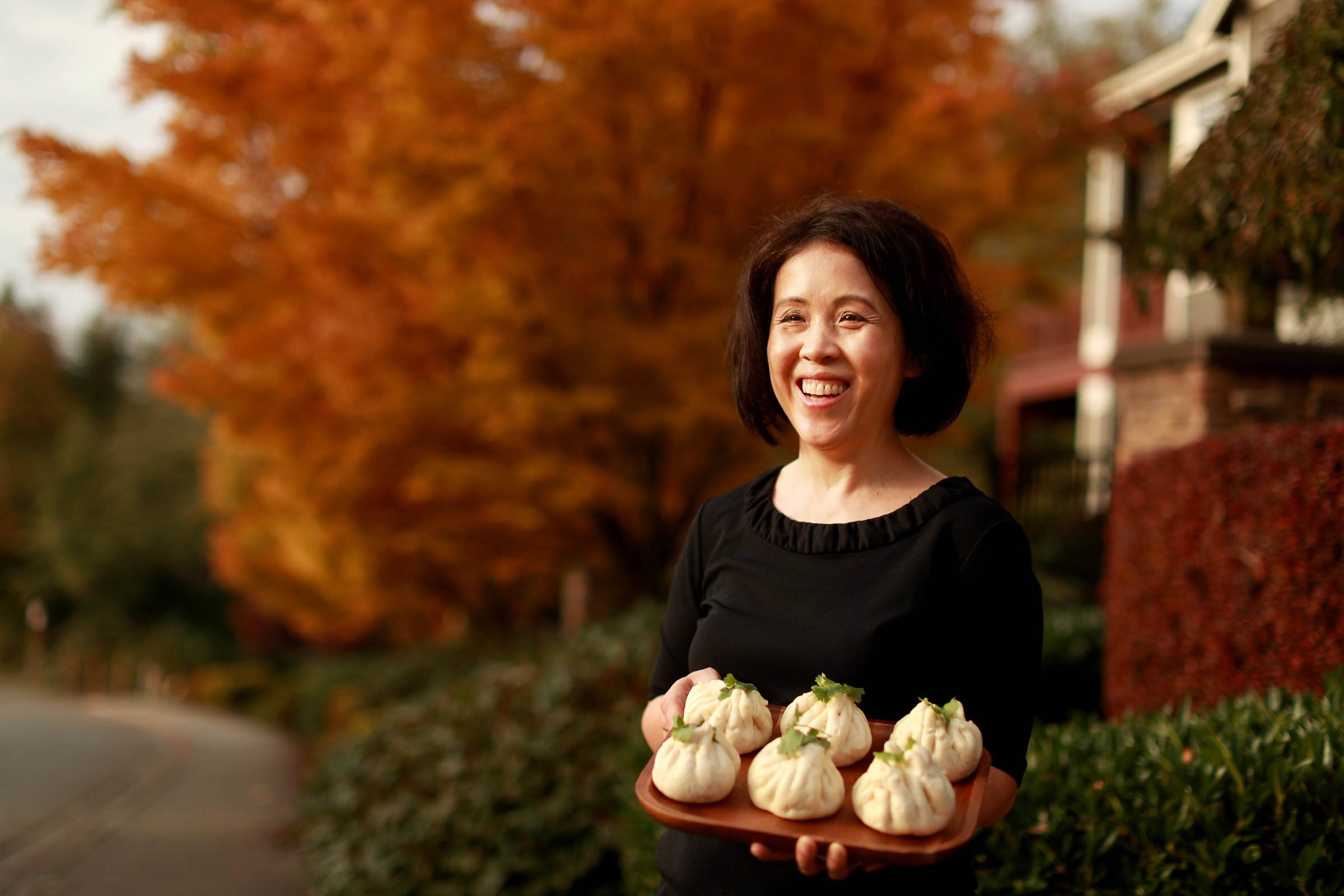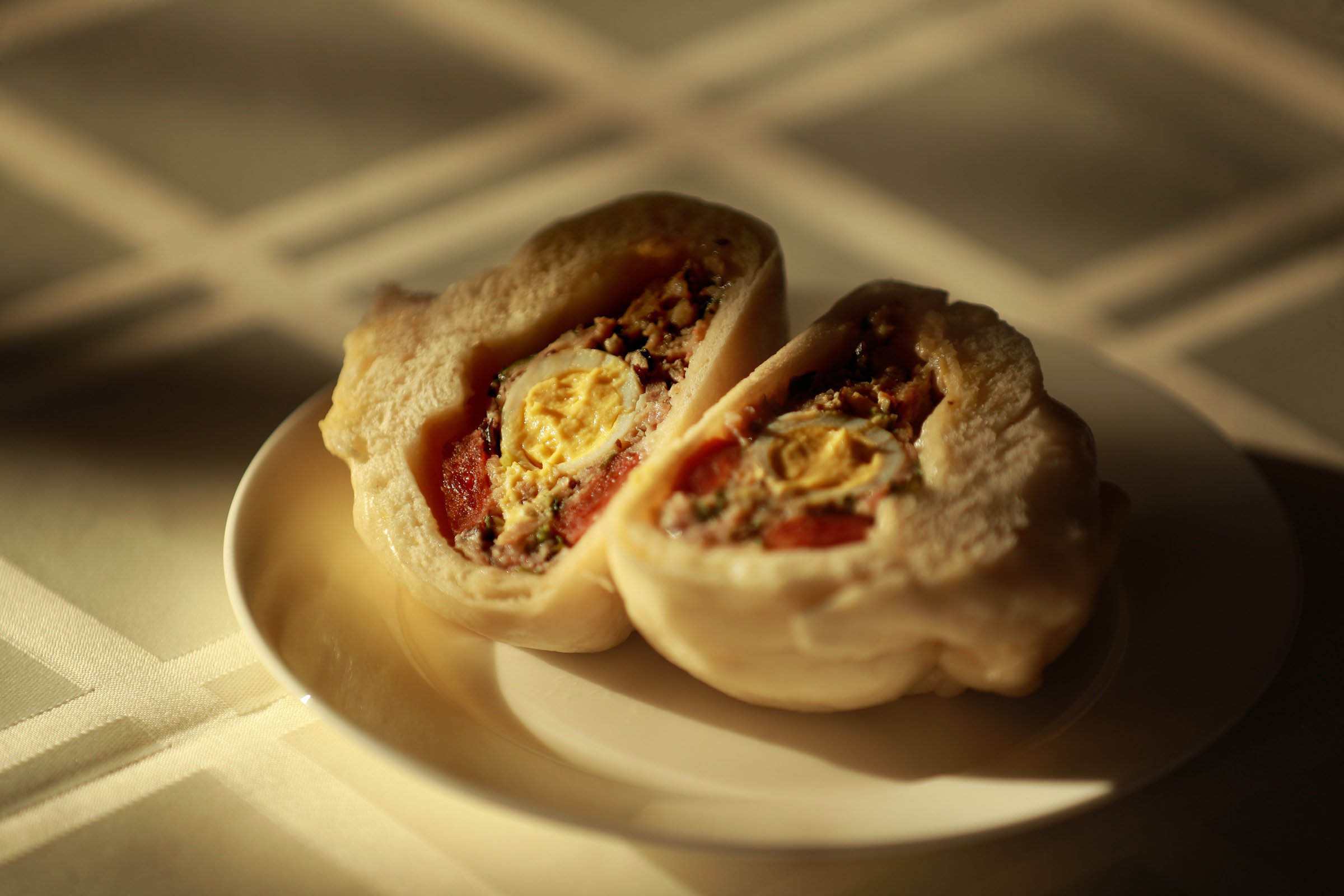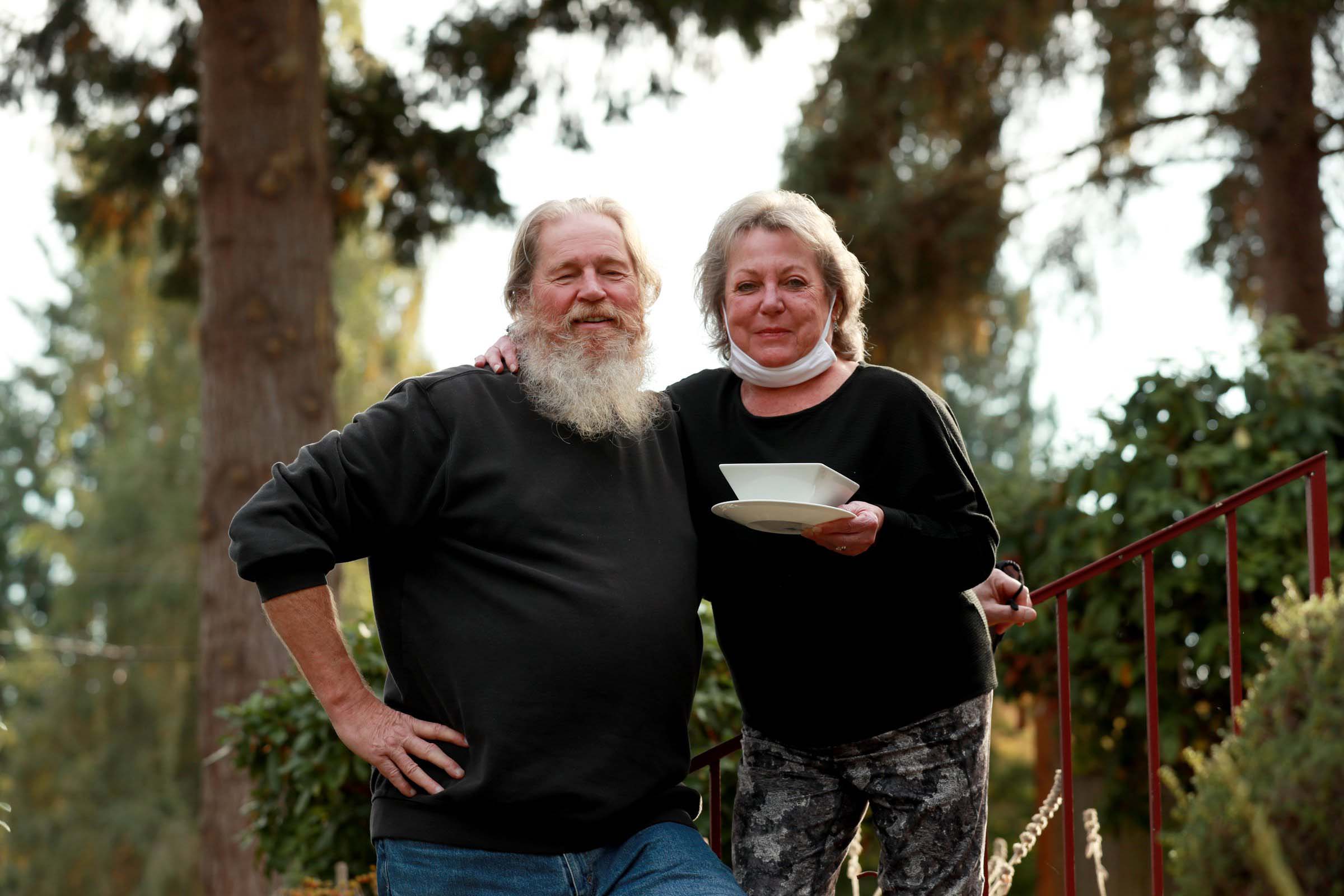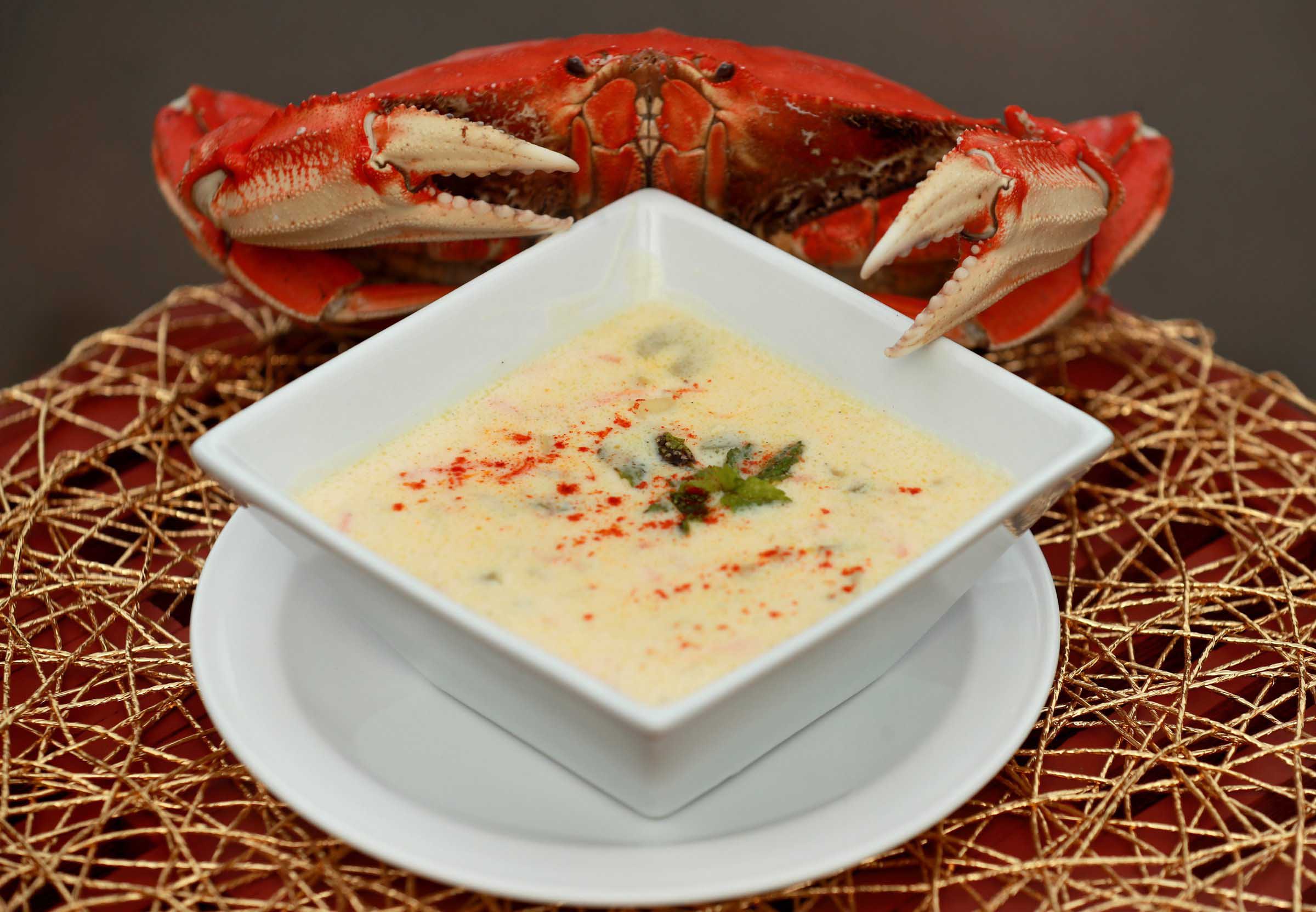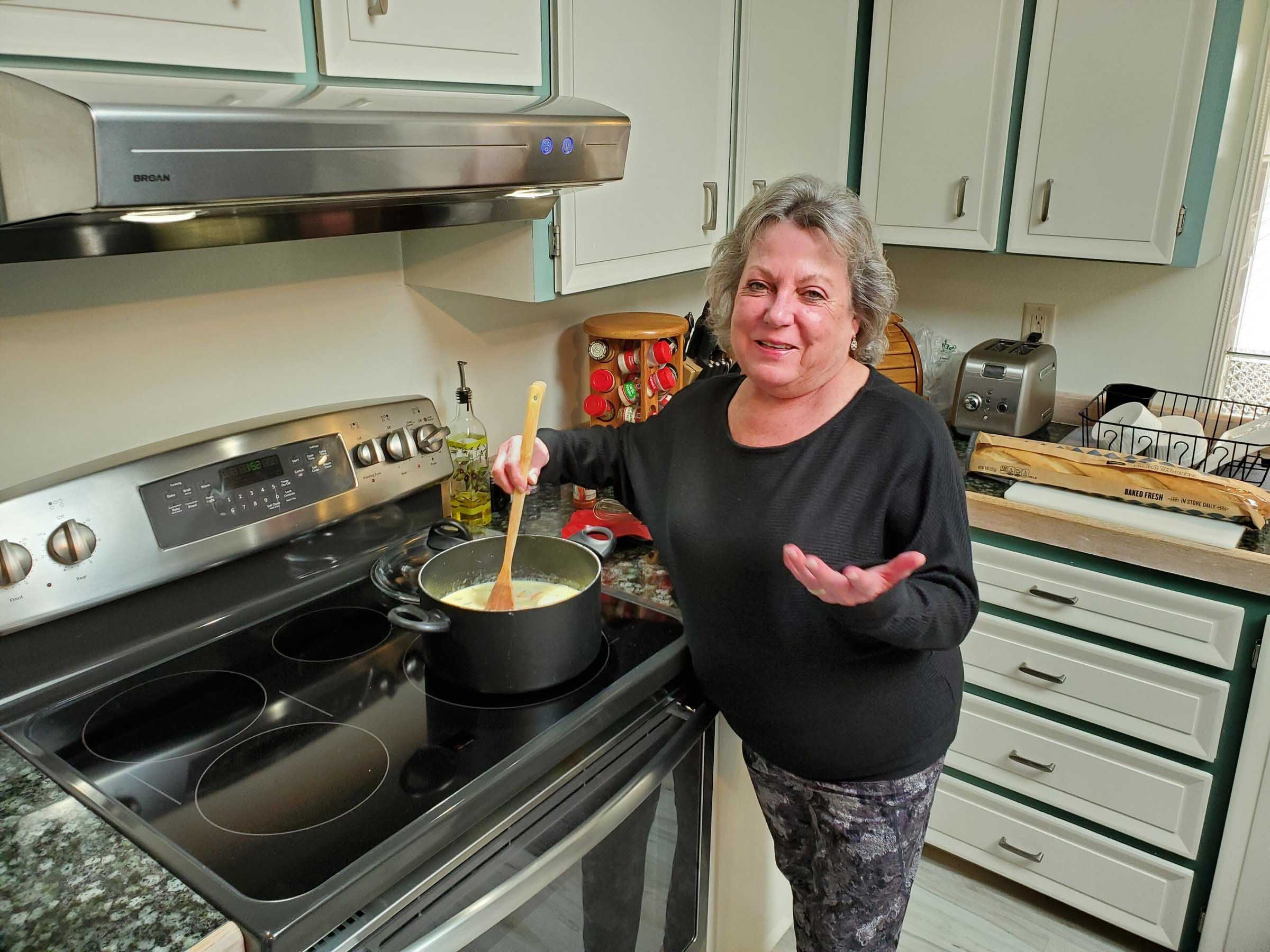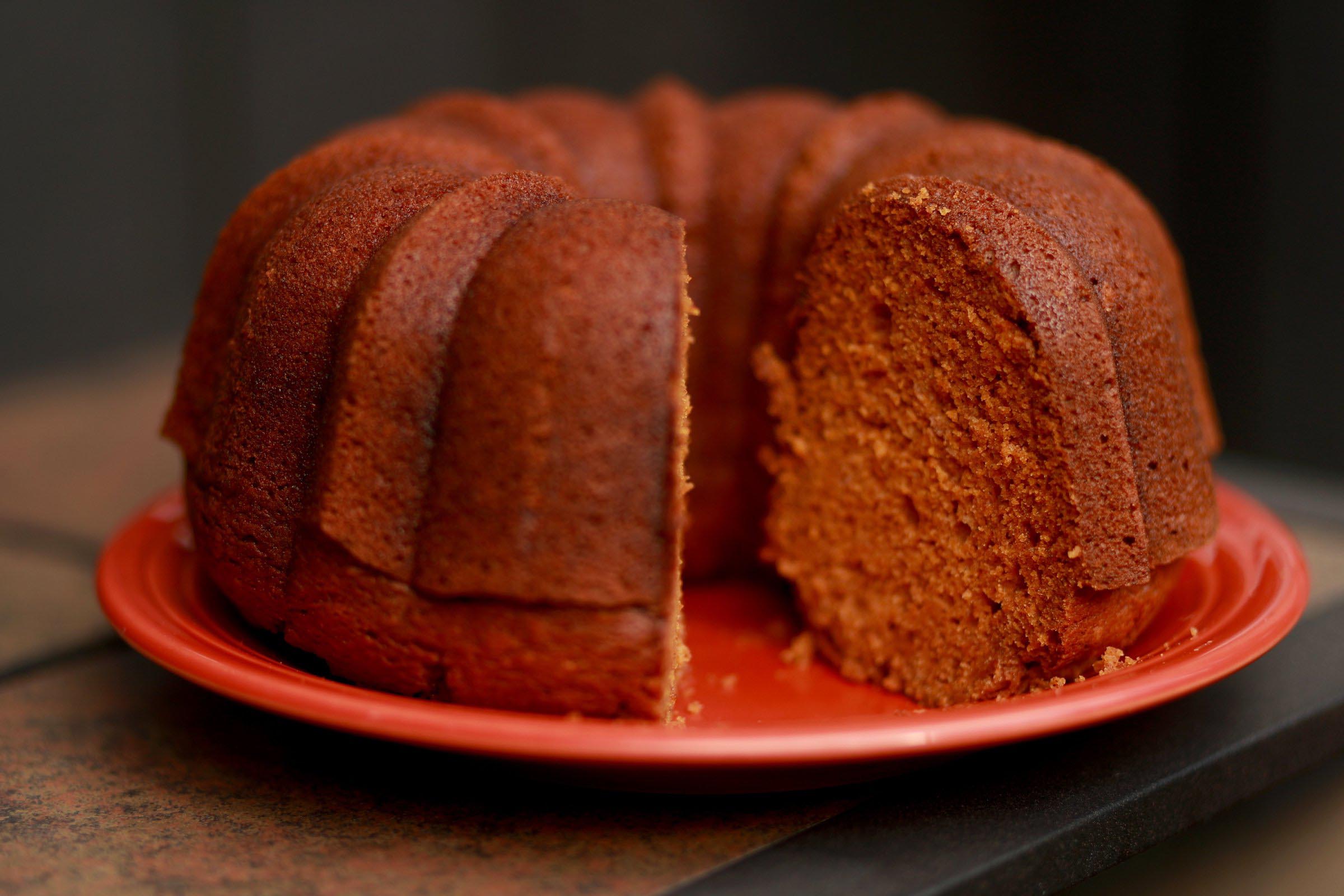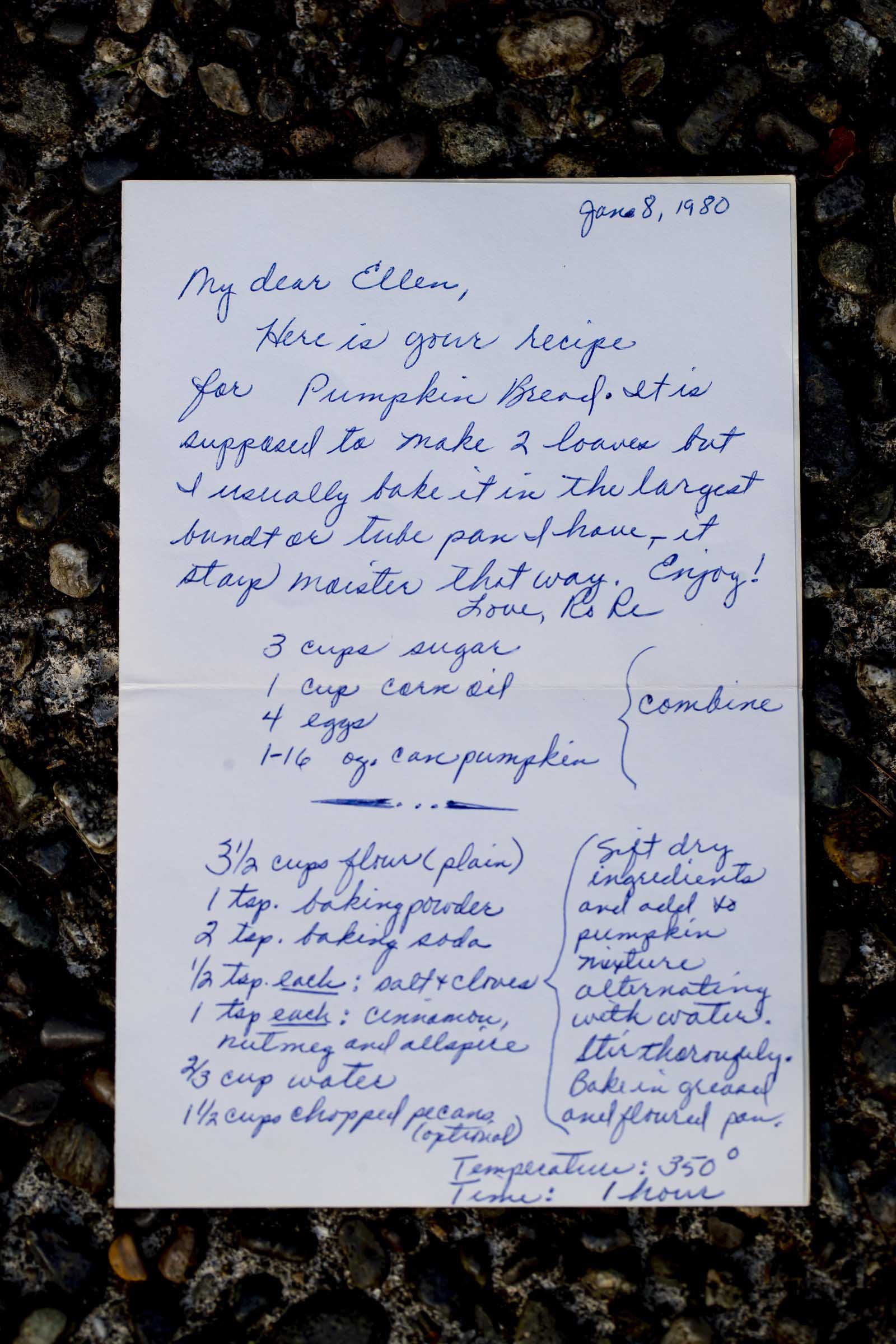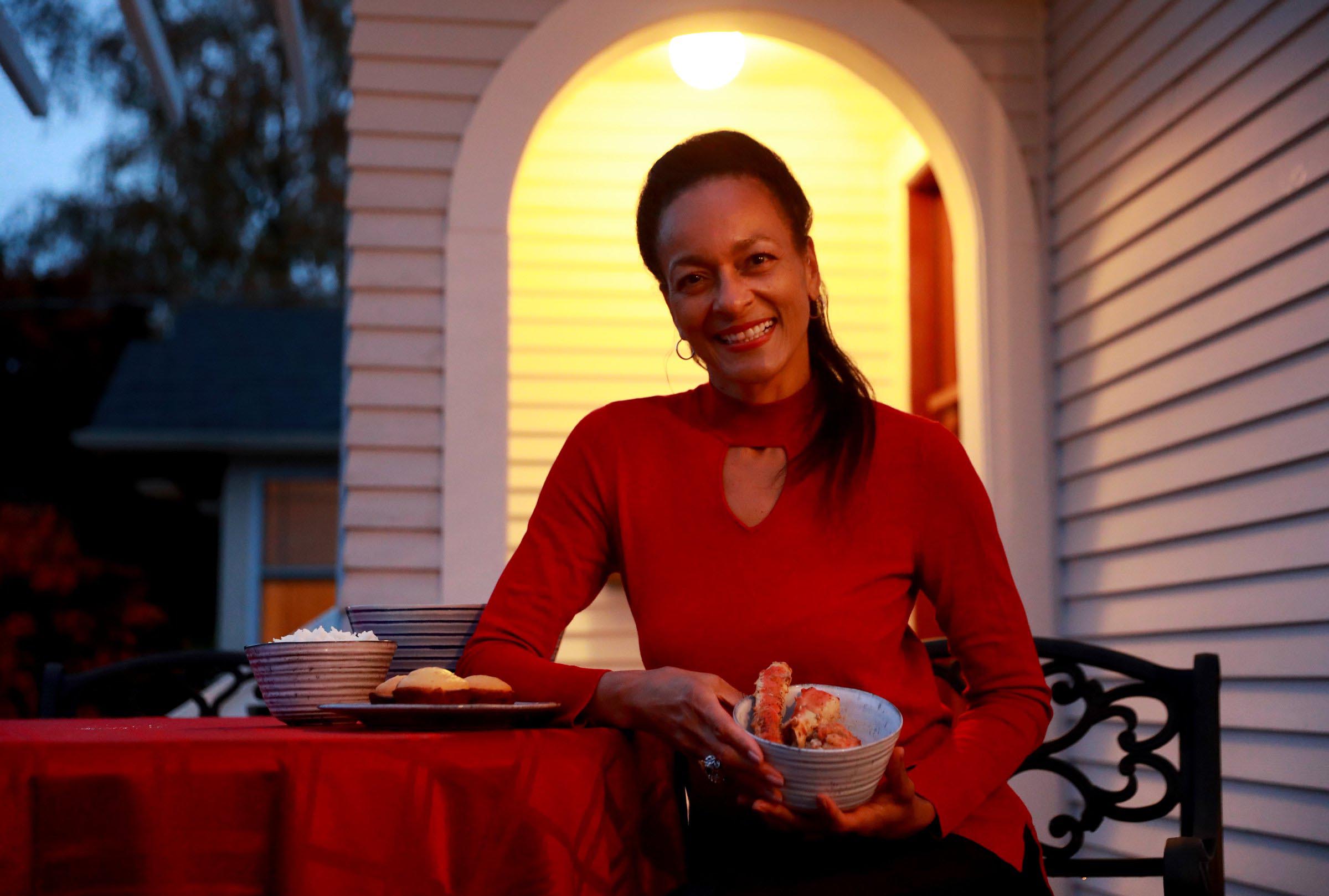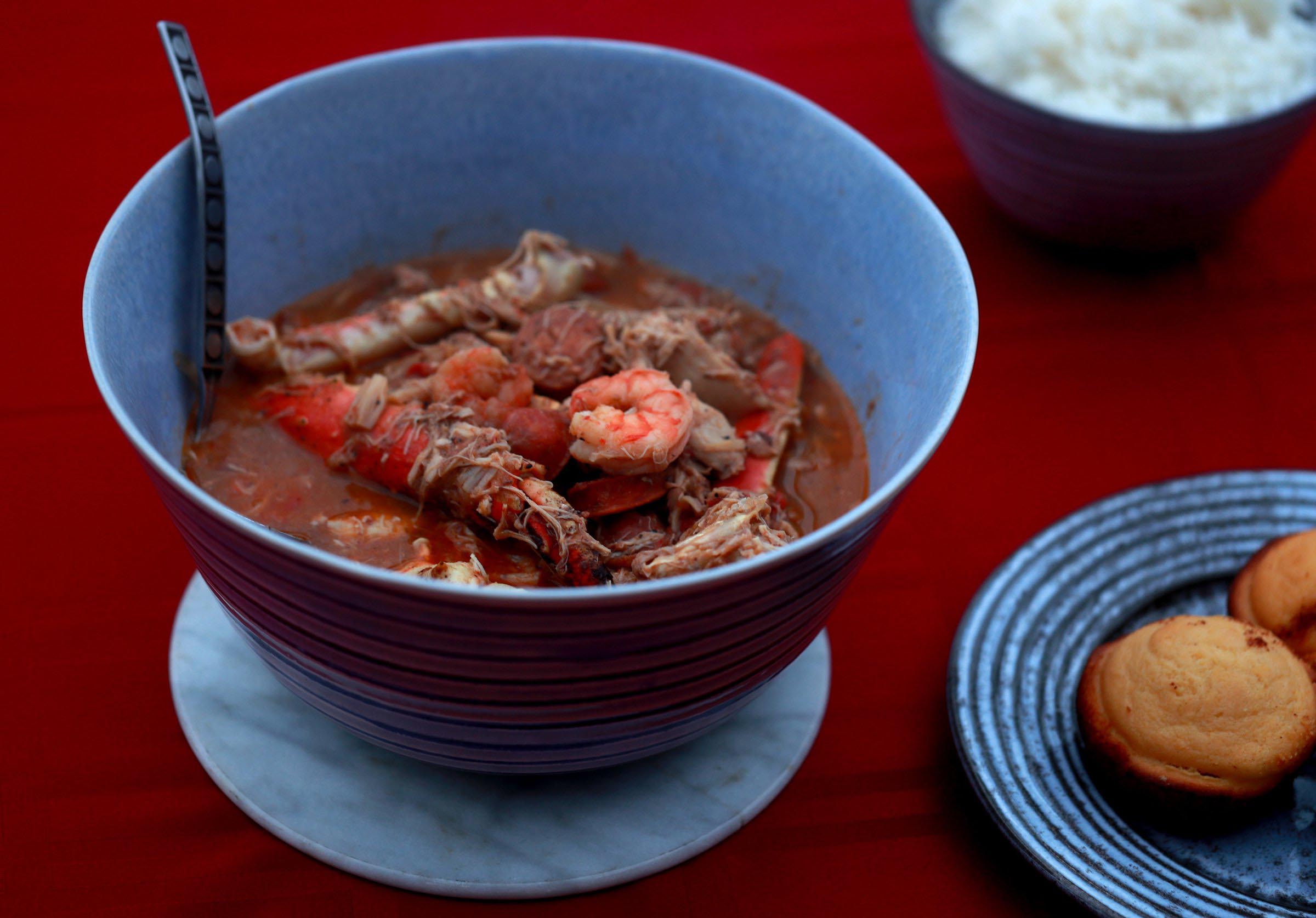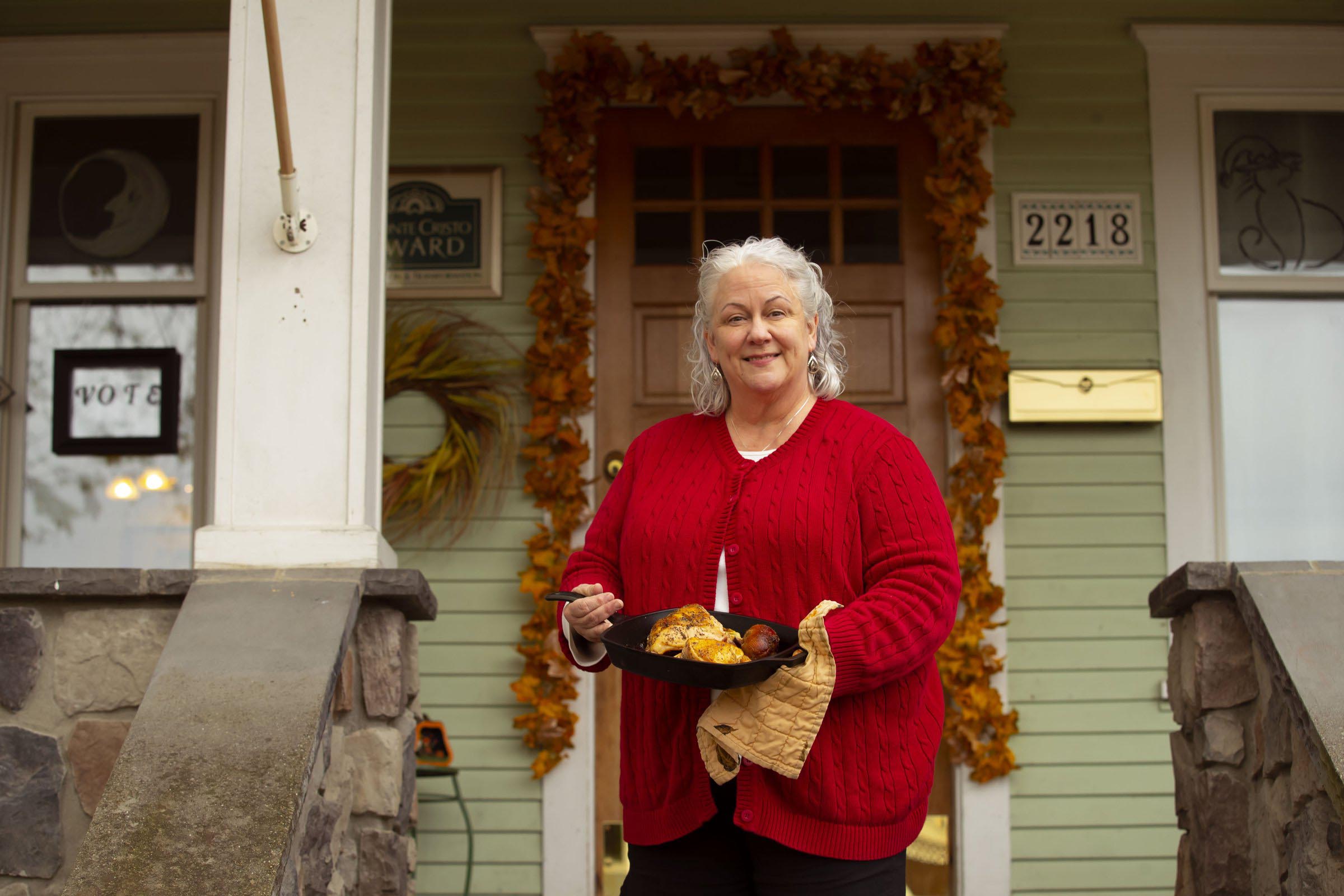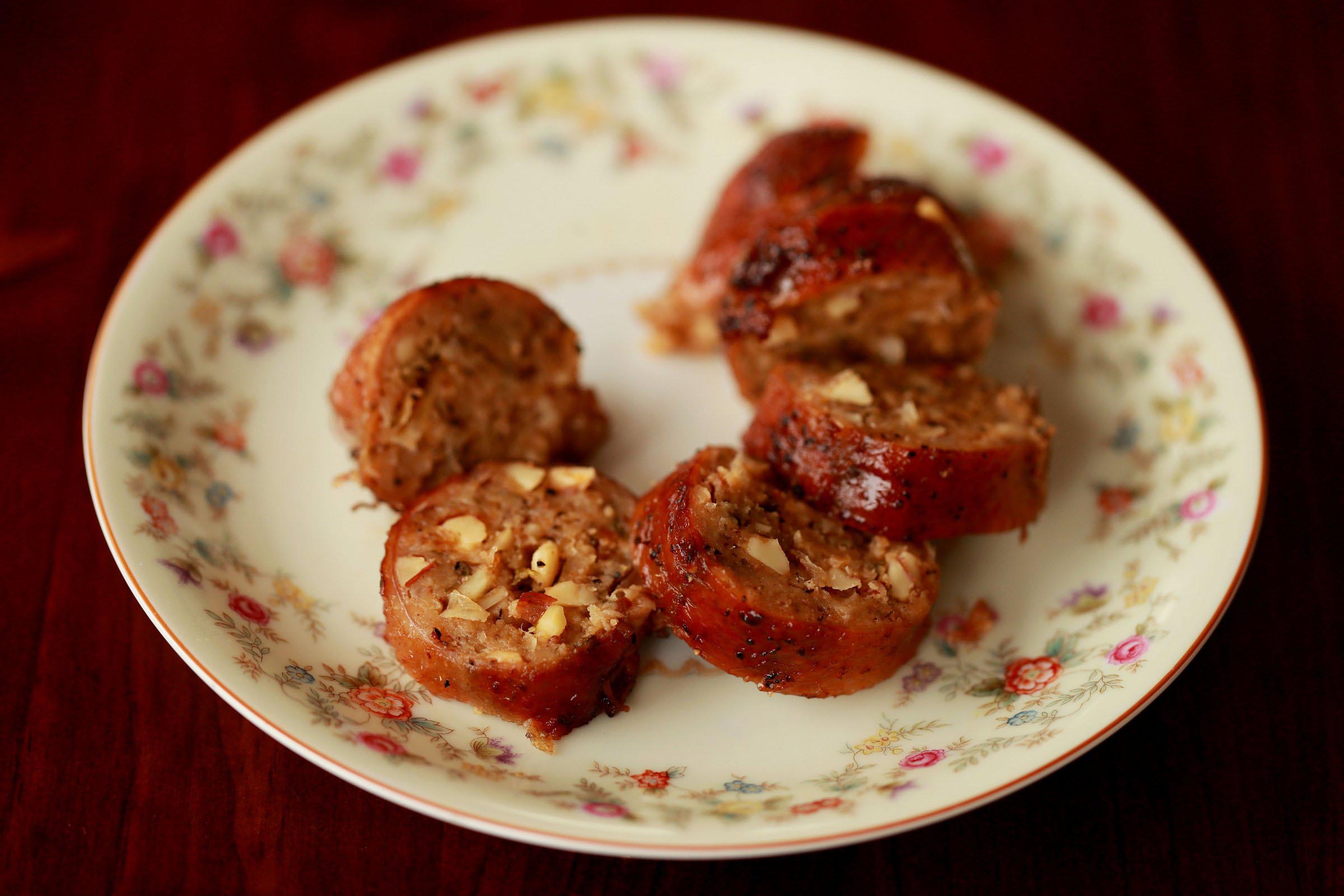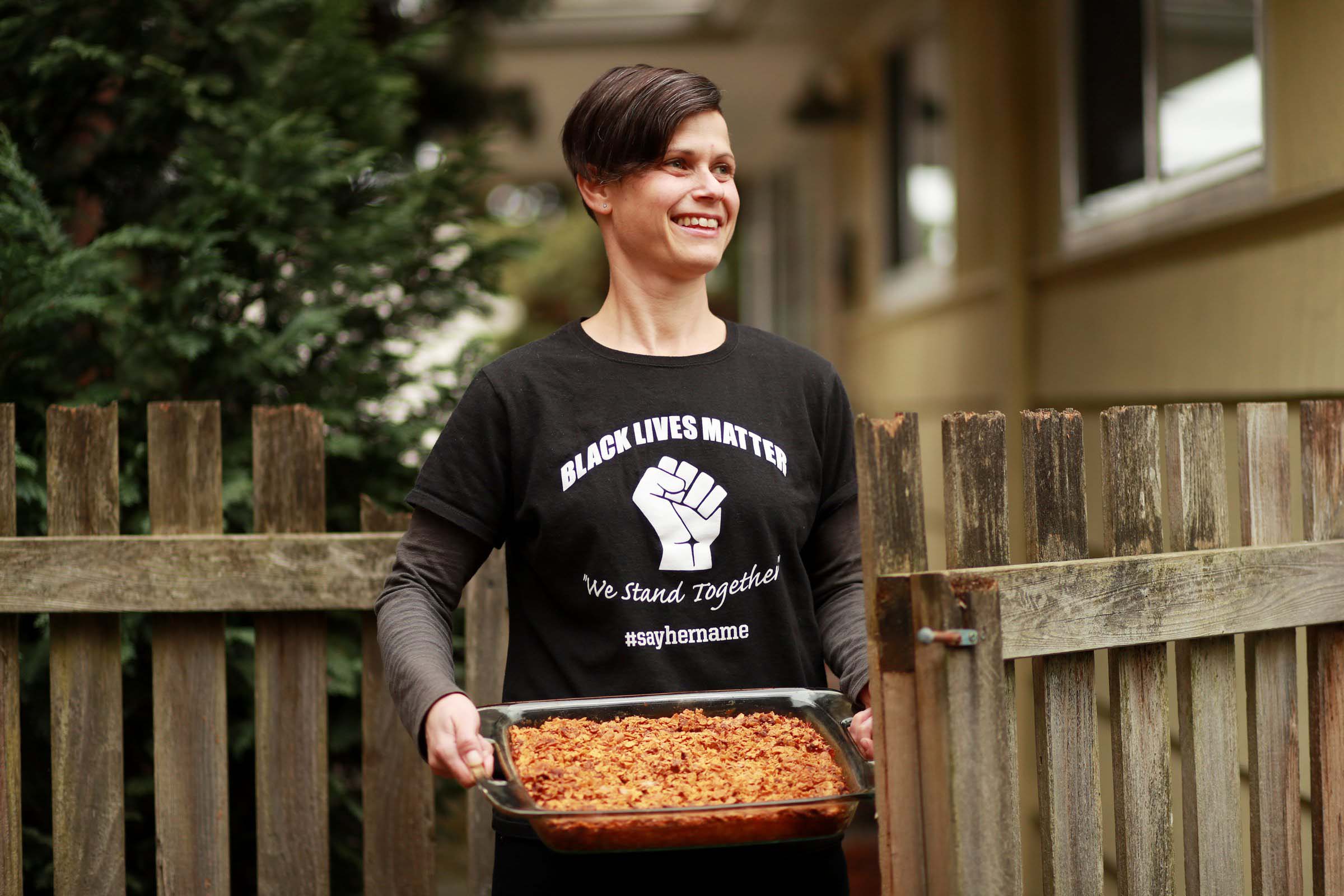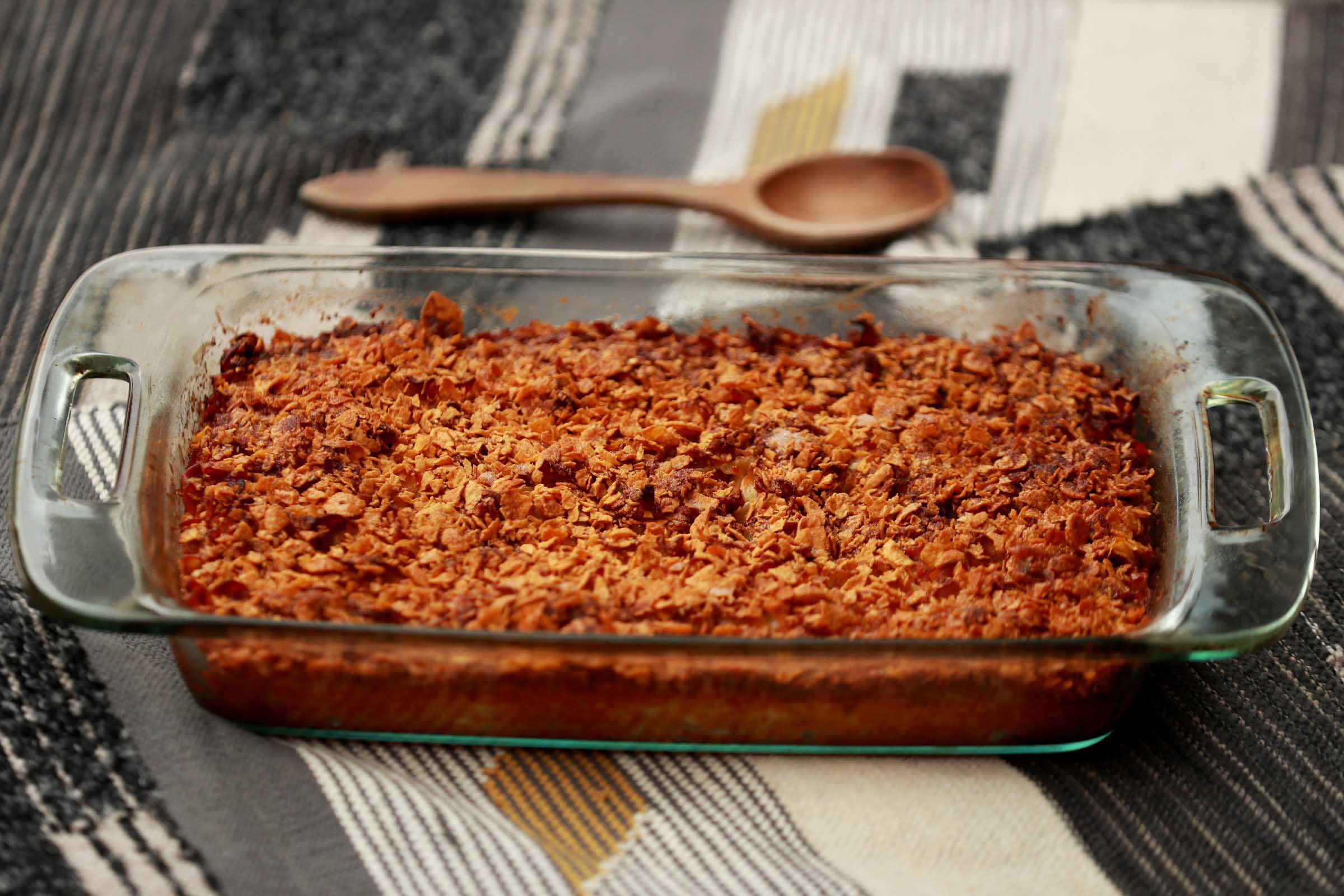Kim Ninh of Mukilteo works at the consulting firm Mercer in Seattle. An accomplished home cook (she posts recipes on YouTube), the Vietnamese refugee expounds on the versatility of the humble bao. While it’s traditionally filled with Chinese sausage, pork and egg, she also stuffs the bun with various meats or veggies. She encourages readers to use their imagination. Stuff it with whatever filling you want, savory or sweet. She also turns the pillowy bao into a sandwich of sorts by simply reshaping the dough.
“This is my mom’s recipe. Her name is Kim Thi Nguyen. She came to the U.S. in 1982.
She made these all the time when I was growing up. It stores easily in the refrigerator and the freezer. When I was in college, I lived at home because we were poor, and I ate them all the time. She always had them around. I was one of those teenagers who slept during the day. At night, I was always in the kitchen, trying to find things to eat. My mom always made sure there was food. Banh bao was a staple along with fruit and vegetables. She would make 50, put them in a Ziploc bag and freeze them. And if we were running low, she took them from the freezer and thawed them out. Thank God for the invention of the microwave. What did the Vietnamese do back in the good old days when we didn’t have the microwave?
My parents live in San Antonio, Texas, now. They’re in their 80s. I don’t know how much longer they have. Now the bao tradition is passed on. I’m an empty nester. I make them on special occasions when my kids are home. My three kids come home during the holidays. My youngest, Matthew, is at Rutgers University. I split the bao (a la David Chang’s pork belly bun) and put in fried chicken strips for him. My daughter Franchine is vegan-ish, so tofu and pickles and crunchy vegetables in the bao for her. Emily has a sweet tooth and prefers bao with sweet fillings like custard, sweet potatoes, mung beans. I am grateful for family and food. It is a way for us to connect. Food just brings people together.”
